“What is that huge plant in your shade garden?”
The large, leafy plant with tall spiky flowers (extremely tall — almost my height of 5 feet) really caught my attention. I was visiting a nursery that specialized in perennials, and they had a wide selection of shade garden plants from all over the world. I was particularly interested in plants for shady areas because most of my property is partly or fully shaded.
I didn’t want to add another hosta as it would only attract the local deer who could devour it completely in a day. I wanted something showy that would not attract hungry wildlife.
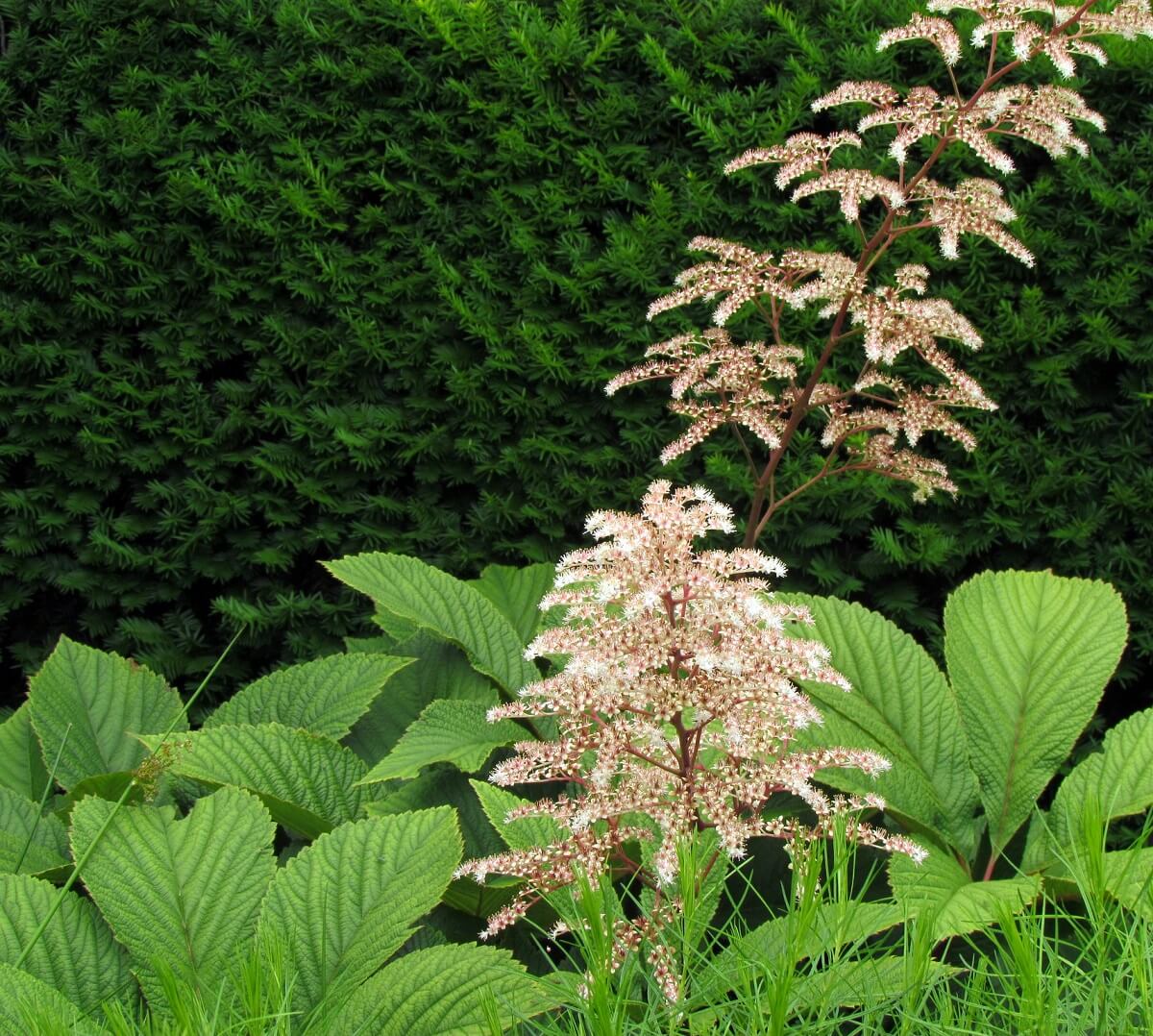
The nursery attendant pointed where I was looking.
“You mean that one? It’s called Rodgersia pinnata: Featherleaf or Fingerleaf Rodgersia, or simply Rodgers flower,” she added.
I held onto the Rodgers flower name. It was less of a tongue twister — though I did like the Featherleaf description. It suited the plant.
“Oh! Very impressive!”
I had to have it. I was so excited, I forgot to ask if it was deer resistant. I purchased a potted Rodgers flower and kept it between my feet as my husband drove. Back home, I planted the Rodgers flower in a central shady place and crossed my fingers.
Related Post: Shade Plants: 15 Garden Greats To Grow In Full or Partial Shade
The deer arrived the following day, devoured my remaining hosta, and left in a hurry when I shooed them. They didn’t touch the Rodgers flower. They didn’t even go close to it. If it survived the wildlife and the winter, it would be an impressive and showy addition to my shady garden.
As my Rodgers plant was thriving in the shade, I started doing some research. I hadn’t asked enough questions at the nursery and wanted to learn more. The next time I visited this nursery might not be for a while since it was an hour’s drive. I would ask more questions and perhaps purchase another Rodgers plant (or two), but in the meantime, I wanted to learn what I could.
From what I read, it would appear my fascination is unique. Most gardeners are completely unaware that the Rodgers flower exists, let alone what a striking addition it makes to the shady garden landscaping. I had to admit, the best part of the plant was the big leaves that reminded me of my larger hostas.
I liked the fluffy plumes of pinkish-white flowers that enveloped the tall stem, but the leaves were definitely the showpiece. I learned that the plant also grew and expanded like hostas. With all goindg well, the plant had potential to fill the bare shady space which had been waiting years for the right addition.
The second year of my Rodgers plant was a further lesson through discovery. The big leaves started off with tinges of bronze in the early spring and became totally green in the summer before turning reddish-bronze in the fall.
Related Post: Weigela: A Flowering Shrub To Rival Your Rhododendrons
With its deeply serrated veins, the leaves have a textured feel to them which provides a coarse contrast to smaller plants surrounding it. Every leaf shape is slightly different, much like horse chestnut leaves. The Rodgers plant makes a bold centerpiece to any large, shady garden.
Native to the Far East, Rodgers flowers do well in wet, well-drained soil, preferably in shady areas where the soil won’t dry out in the hot summer months. It also does well near a water garden where the soil remains moist. It tends to be a fussy plant, not enjoying the intense heat and drought conditions of some northern summer climates.
My research resolved my greatest fear and confirmed my observations: Rodgers flowers were deer resistant. The deer that consumed my hostas every July took no interest at all in my Rodgers flower. It was also rabbit proof. On a positive note, the prolific display of flowers was a magnet for butterflies. My first summer bore witness to that as the butterflies flocked to the flowers daily.
As I do with all my plants in the fall, I added garden mulch around my Rodgers flower to conserve the moisture and provide minimal protection during the harsh winter months.
Related Post: Deer-Resistant Plants
In the spring, I added compost to boost the nutrient value of the soil. By the third summer, I was deadheading and dividing this perennial, and adding Rodgers flowers to other shady garden locations. I didn’t need to purchase any more of this plant.
After repeated visits to the marvelous perennial nursery, I learned my pale pink Rodgers flower wasn’t the only cultivar of Rodgersia pinnata. Other cultivars include
- Superba: the cultivar that I have with its rosy-pink flowers and a hint of bronze on the leaves each spring
- Alba: white-flowered with vibrant green leaves
- Elegans: pale pink version of Alba, with bright green leaves
- Maurice Mason: reddish flowers with bronzed spring foliage
- Die Schone: dark pink-flowered German cultivar with very dark bronzed leaves
- Chocolate Wings: deep-pink flowers and dark purple-bronze coloration on the leaves all season long
- Fireworks: cherry-red flowers with bronze leaves in the spring
As for the name? I had to know the background since Roger (Rodger) was a family name. As is usually the case, the identifying genus name was adopted from the person who first studied and cataloged the plant. In this case, U.S. Admiral John Rodgers.
And while there are no known medicinal and culinary uses for Rodgers flower, it’s an edging plant that’s an excellent foliage addition to a woodland or water garden. Truly a showpiece — a bold and beautiful addition to any shady garden display.



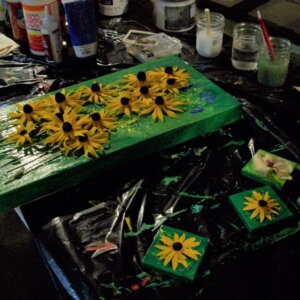

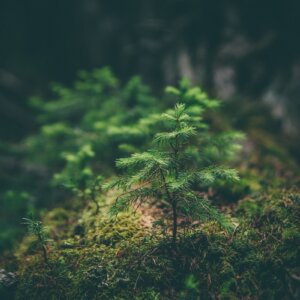

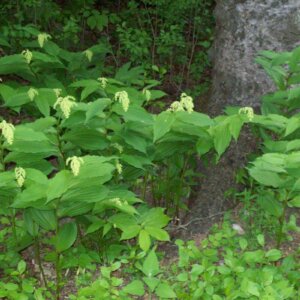
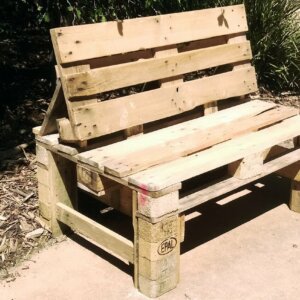

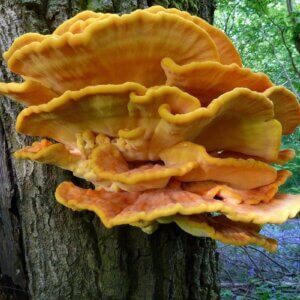
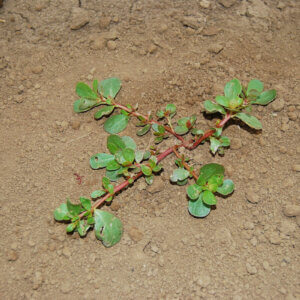


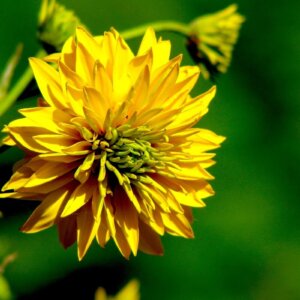
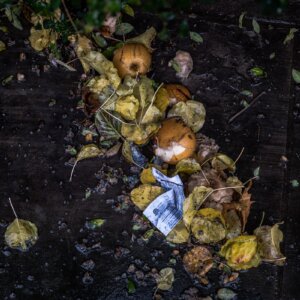



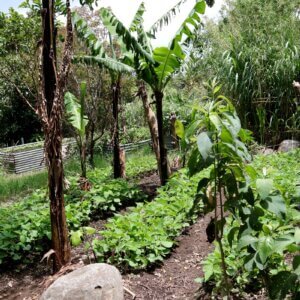





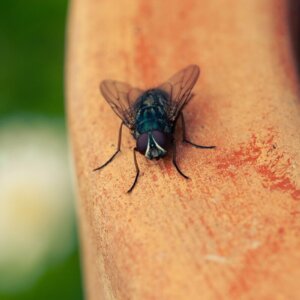

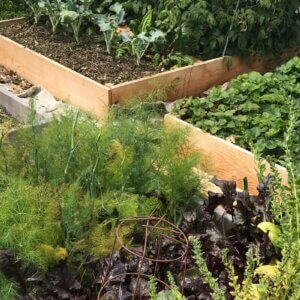
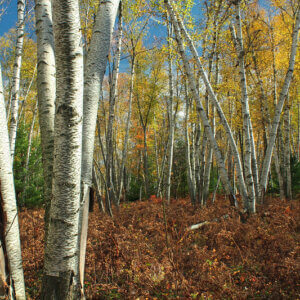



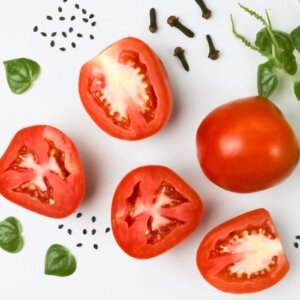
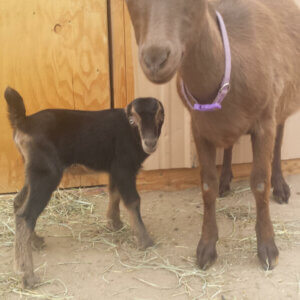
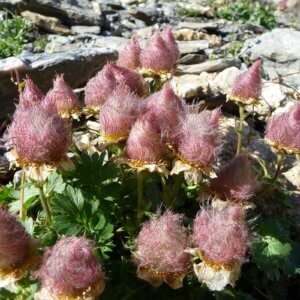
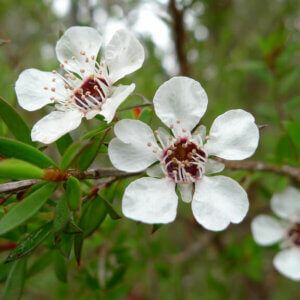
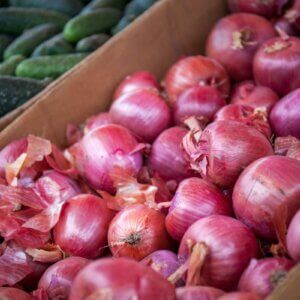


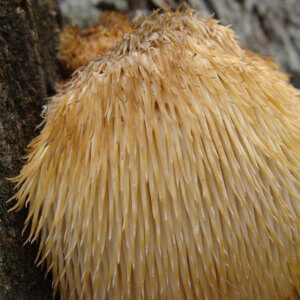


Can you tell me where to purchase the Rodger’s Flower?